From the sunset picture example, you have learned the importance of taking full control over the exposure on your camera. Now, it's time to dig into your camera and learn the three most basic tools available to you in controlling the exposure.
Those tools are shutter speed, aperture, and ISO. After I explain what each one does, I'll explain why we need three separate tools to control the brightness or darkness of the photo.
Aperture
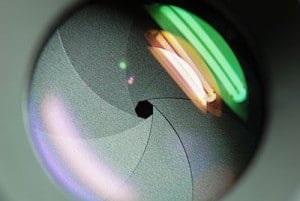
The aperture is a small set of blades in the lens that controls how much light will enter the camera. The blades create a octagonal shape that can be widened (we photogs call it shooting “wide open”), or closed down to a small hole. Obviously, if you shoot with the aperture wide open, then more light is allowed into the camera than if the aperture is closed down to only allow a tiny hole of light to enter the camera.
So suppose you take a picture that is too bright. How do you fix it? Simply choose a smaller aperture. Simple! Aperture sizes are measured by f-stops. A high f-stop like f-22 means that the aperture hole is quite small, and a low f-stop like f/3.5 means that the aperture is wide open.
Let's test your knowledge to make sure you have it down. If you take a picture and it's too dark at f/5.6, would you choose a lower f-stop number or a higher one? Yep! You'd choose a lower f-stop number, which opens up the aperture to let in more light. The size of the aperture controls more than the brightness or darkness of the picture, though.
The aperture also controls the depth-of-field. Depth-of-field is how much of the picture is sharp, and how much is blurry. If you want to take a picture of a person with a blurry background, you'd use shallow depth of field. If you want to take a picture of a sweeping mountain vista, you'd want to use a small aperture size (high f-stop number) so that the entire scene is in sharp focus. If you, like me, are more of a visual learner, then I think this graphic will help solidify the information about aperture. Take a minute and make sure you understand this info before moving on.

Shutter Speed
The shutter is a small “curtain” in the camera that quickly rolls over the image sensor (the digital version of film) and allows light to shine onto the imaging sensor for a fraction of a second. The longer the shutter allows light to shine onto the image sensor, the brighter the picture since more light is gathered. A darker picture is produced when the shutter moves very quickly and only allows light to touch the imaging sensor for a tiny fraction of a second. The duration that the shutter allows light onto the image sensor is called the shutter speed, and is measured in fractions of a second. So a shutter speed of 1/2 of a second will allow more light to touch the image sensor and will produce a brighter picture than a shutter speed of 1/200 of a second. So if you're taking a picture and it is too dark, you could use a slower shutter speed to allow the camera to gather more light.
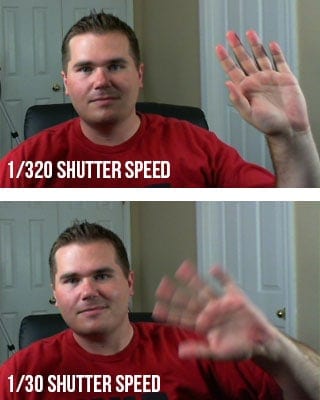
Just as the aperture affects the exposure as well as the depth-of field, the shutter affects more than just the exposure. The shutter speed is also principally responsible for controlling the amount of blur in a picture. If you think about it, it makes sense that the shutter speed controls how much blur is in the picture.
Imagine me sitting here at my computer desk waving to you (you don't have to imagine very hard if you just look at the picture on the right). If you take a picture of me with a shutter speed of 1/30th of a second, then my hand will have moved in the time that the camera is recording the picture. To get rid of the blur, you need to increase the shutter speed to around 1/320th of a second. At this speed, my hand is still moving, but the camera takes the picture so fast that my hand travels only such a small distance that it is not noticeable in the picture.
The next question that most people ask is, how slow of a shutter speed can you use and still get a sharp picture? My blog post on Minimum Shutter Speeds will answer your question!
ISO
The funny thing about ISO is that it is an acronym, but nobody really knows what it stands for. It is always just called ISO even though it really stands for International Organization for Standardization. Every once in a while, you'll hear an older photographer pronounce it “I-so”, but almost everyone pronounces it “I.S.O.” The ISO controls the exposure by using software in the camera to make it extra sensitive to light.
A high ISO such as ISO 1,600 will produce a brighter picture than a lower ISO such as ISO 100. The drawback to increasing the ISO is that it makes the picture noisier. Digital noise is apparent when a photo looks grainy. Have you ever taken a picture at night with your cell phone or your pocket camera, and noticed that it looks really grainy? That is because the camera tried to compensate for the dark scene by choosing a high ISO, which causes more grain.
What constitutes a “high” ISO is constantly changing. Camera companies are constantly improving the ability of cameras to use high ISOs without as much grain. A few years ago, only the highest-end pro DSLR cameras could achieve 2,000 ISO, and now even entry-level DSLR cameras can shoot at this level. Since each camera is different, you would do well to do a few tests with your camera to see how high of an ISO you can shoot at without making the image overly grainy.
Right now, you will commonly find new DSLRs that advertise expandable ISO ranges.
Putting It All Together
I know exactly what you're thinking. “Why do I need three tools to control the exposure? Wouldn't one suffice?” The answer is no, and I'll explain why with an example. In January, I took a trip to my favorite place on the planet to take pictures–Yellowstone National Park. My guide informed us that the bighorn sheep in the park were dying off very quickly due to whooping cough, so I worked hard that week to capture pictures of the last few sheep in that area of the park.
Around 9AM on a cloudy day, I found a small group of bighorn sheep and started photographing them with a long 600mm lens. The early hour and clouded sky made the situation quite dark for shooting.
Let me help you out. The lens I was working with cost around $12,000, but don’t worry. You can get really good results with a much more affordable 600mm lens. I’m considering selling my expensive lens.
Anyway, it had a maximum aperture size of f/4. So I set my aperture at f/4 to gather as much light as possible. This also impacted the depth-of field to blur out the rocks behind the bighorn sheep. Next, I set my shutter speed. I wanted to capture action in the photo, so I set my camera to 1/1000th of a second shutter speed. I knew that this fast of a shutter speed would prevent any motion blur from the sheep running on the mountain side. Then, I took a picture. WAAAY too dark! I couldn't compromise my shutter speed or aperture, so I knew I needed to use the third player in the exposure triangle–the ISO.
I played around with my ISO and found that if I increased it to ISO 640, it made the picture bright enough to take the picture without making it overly grainy. This combination of shutter speed, aperture, and ISO worked out perfectly. It feels so good to hone in the camera settings!
Now can you see why you need to know how to shutter, aperture, AND ISO, and know how to set them independently on your camera!
If you're a visual learner and want to really learn your camera, then be sure to check out my Photography Start Course. Just a reminder, it's a series of 22 videos where I take you on location to shoot waterfalls, landscapes, people, kids, and macro photos. You can look over my shoulder and see exactly how I set up my camera to take professional photos.
Now, you need to learn how to apply these settings on your camera to take advantage of your new-found nuggets of knowledge.

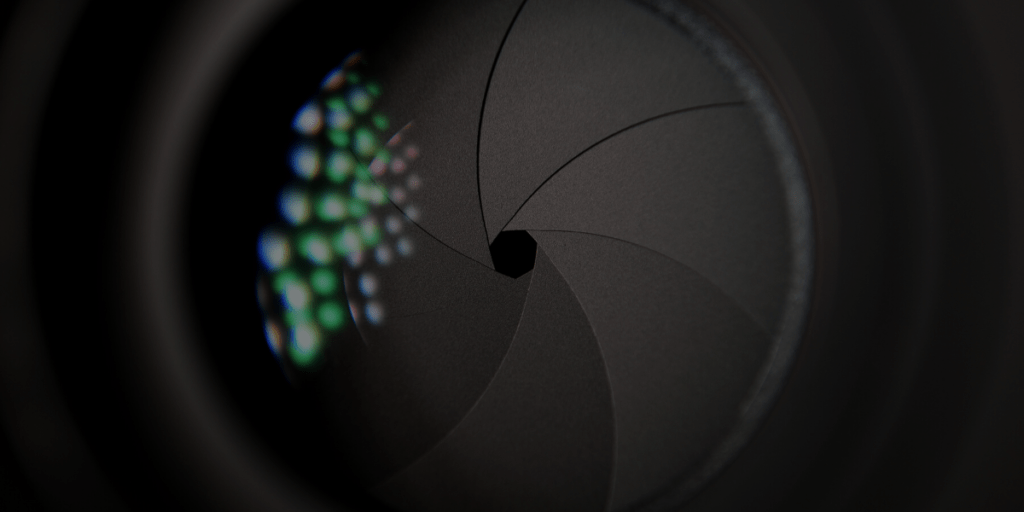


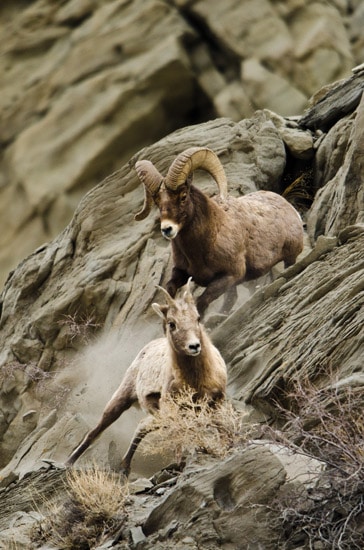
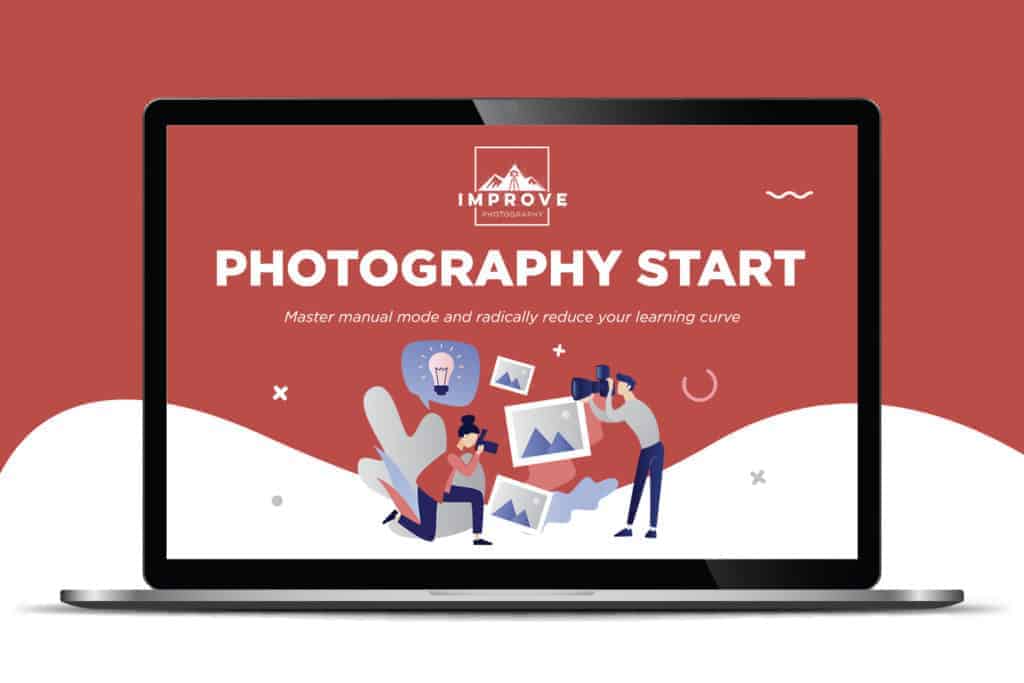
Good article
Thank you. Very useful
ISO is almost always last. If depth of field is your priority then set F-stop first. Shutter speed next and ISO last (full manual mode). This will usually result in using the lowest ISO for the best picture. Selecting the lowest/slowest shutter speed you can live with will allow the lowest ISO which gives you the best quality picture. Most cameras in most of the manual modes lock these three together and force you to change at least one for the correct exposure. Using AV/aperture priority, set the f-stop and then ISO to drive the shutter speed to the desired value.
Kay,
Only in the pure “manual” mode will you have to pick all three of these. If you are shooting in most other manual modes (TV; shutter priority, AV; aperture priority) the camera will indicate when all three setting will provide the correct exposure. Like you said, aperture first for a clear depth of field, shutter speed is your next priority but you end up getting it by adjusting ISO. In theses manual modes if you want to brighten the picture more than “normal” then you can adjust your cameras “exposure compensation” to +1 to +2. Most cameras have this option which is really just adding an amount of “F-stop”. In the pure manual mode (“M” on most cameras) the camera doesn’t link these three together and you have to pick each setting. This is really advanced and I recommend you start with AV mode and add exposure compensation. Have fun, Experiment!
Hi Author,
I brought my first DSLR yesterday and had a little clue about how to change these three controls in it! Your post has done me real good, especially the one where you have woven it all in a story form. Will read more about shooting from this website.
Thanks.
Thank you very much. Its been very very helpful.
Thanks for sharing this article! I have recently bought my first DSLR (canon eos100d). Your clear explanation and the clear examples made it very easy to understand the logic behind the Apperture, Shutter and ISO. I will defitely apply what I have learned here and keep checking future posts. Good work!
thank you so much! I received a Canon Rebel T5 and many, many accessories to go with it for my 40th birthday, and have been finding these articles/lessons very helpful! I did not know where to begin, although I just shoot and have fun. I am determined to learn how to shoot decent pics of mostly my family, pets, daily life, in manual mode!
I will be reading and rereading lessons 1-3 over and over while taking practice shots, so I can train my brain! Really, great job!!!!
Thanks for sharing your knowledge to a beginner like me it’s a treasure of informations …/:-)
After waiting for about a year and a half, I finally bought an entry level Nikon d3300 over the weekend. I poured over the camera manual for a day learning “how” to change ISO, aperture and shutter speed but didn’t know “what” values to set them to. Individually, they are easy to understand. Combining them all to produce a decent picture seemed rather difficult to get wrap my head around that during my first field day, I ended up resorting to the auto mode. The fine art I guess is how to mix them all to be able to get a picture I want. The article was very helpful, but even more helpful was the “Putting it all together” section where I got to understand the thought process on how to actually put together some “initial” values and how to correct them later on.
Overall, this is an insightful and very educational read. The easy and laid back prose was practical and there are no complex fractions (math) and other charts that delude the reader with too much information to handle. Thank you.
I am a newbie at DSLR cameras, so excuse my ignorance 🙂
Why would I want to do all these manually when I can use the full auto option? do that means the full auto does not do a great job or not as good as we manually selecting the options of Aperture, Shutter speed and ISO? or is done just for fun and the challenge of doing it manually?
Should I always shoot in RAW? if yes why, or what other modes should I use instead?
Thank you and appreciate your input and thank you for such as great article 🙂
Manny
Great article. Thanks for posting this.
I had bought Sony a7 with Sony 28-70 lens. Started learning by self with trial and errors. I found it difficult to understand the terms such as Aperture, shutter speed, iso, etc. After going thru this article many of my doubts are clarified. Yesterday I bought Sony 70-200 f/4 lens !! Thanks a lot !!!
I bought Nikon D710 0 Nikon Nikkor 18-140 mm 1:3.5-5.6 lens and Nikon Speed light SB-910 . I am trying to learn more about this camera processing like shutter speed ISO aperture. Please give me some examples to learn and getting good pictures.
Thank you
Gopi
Very Very Useful and beautifully explained. Thanks a lot.
Wow! I just a bought a camera and reading the instructions on how to use each one of those tiny buttons is very tiring for me but thanks to you for doing an amazing job for making my life so easier! I am a mountain climber and love to take landscape pictures and will sure try this. Thank You!
I always appreciate when someone teaches well. You explained it succinctly and clearly. Thank you!
thanks for the refreshing read!
By George… or By Jim… I think I am actually comprehending this Aperture, Shutter Speed and ISO thing finally. You are explaining it very well and the bighorn sheep example was excellent!! Excited for page 3 of the tutorial. PS I really hate the whole f/stop big number is smaller opening/larger number is smaller opening. Really who came up with that! Not logical for me but I will roll with it.
This is super helpful, much more understandable than other articles.
This has helped me heaps thank you. Easy to read and understand, big thumbs up!!